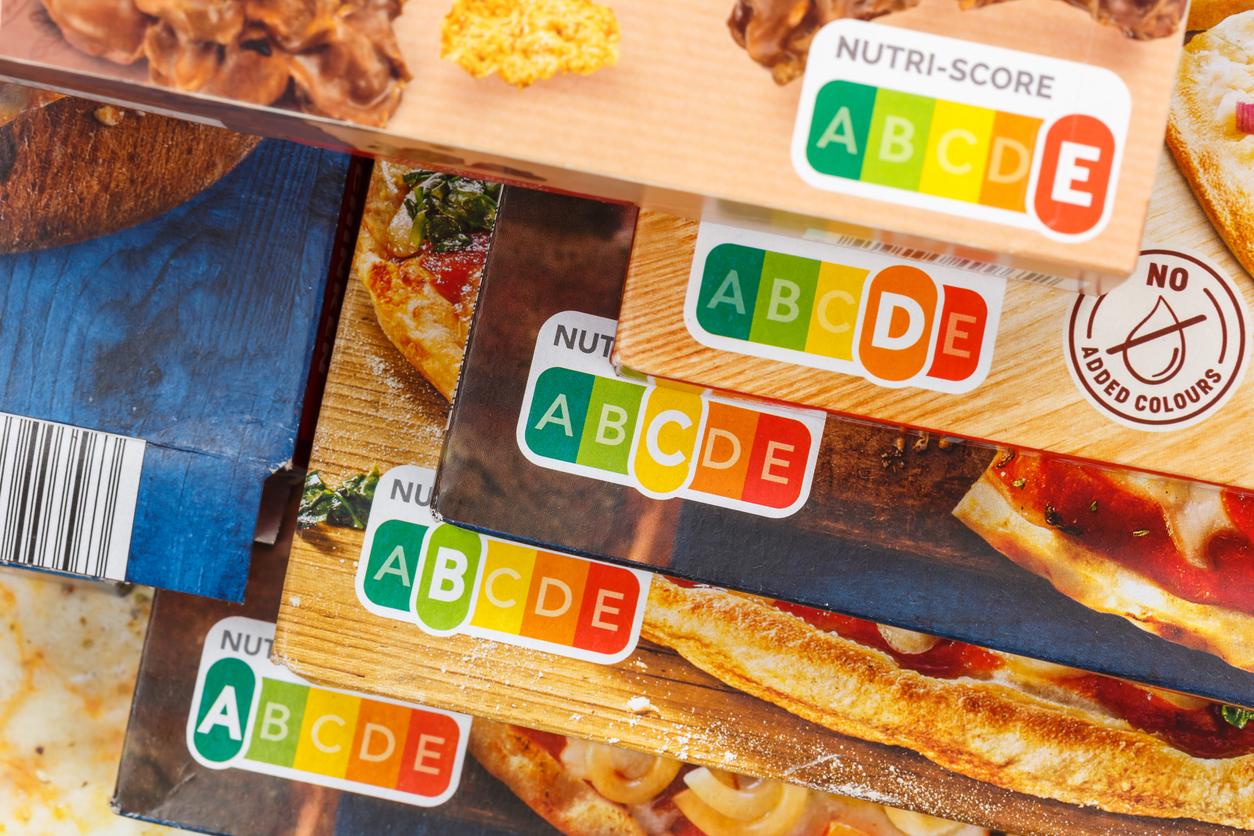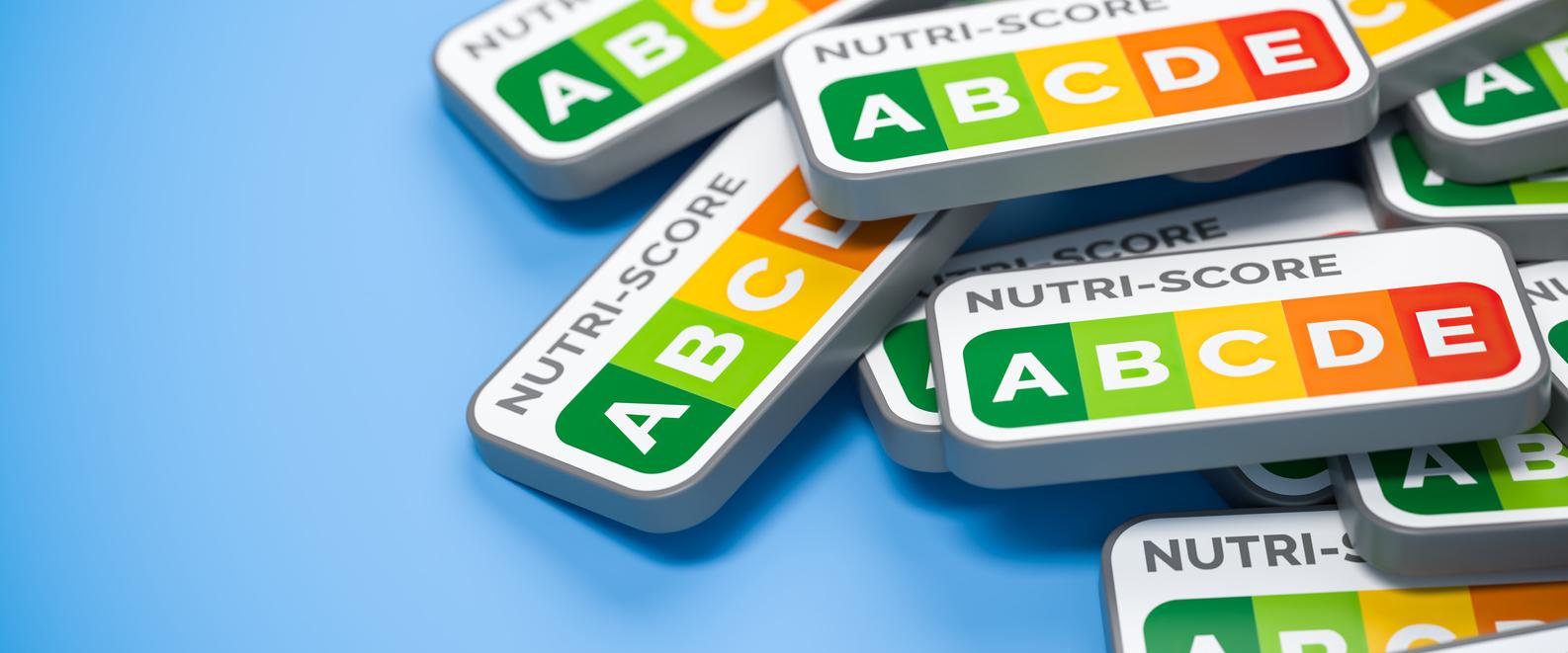While shopping at the supermarket, you may have noticed a logo with several colors, and an alphabetical letter from A to E affixed to almost all packaging. The Nutri-score, that’s its name, was born in 2017 in France. Its goal ? Facilitate the deciphering of the nutritional information of a food product.
Based on the work of scientific expertise, it offers a scale of 5 colors: from dark green to dark orange. Scale associated with letters ranging from A to E. The “verdict” is assigned on the basis of a score taking into account, for 100 gr or 100 ml of product, the content of nutrients and foods to be favored: fibers, proteins, fruits , vegetables, legumes, nuts, rapeseed, walnut and olive oil. As well as the nutrients to limit: saturated fatty acids, sugars, salt. After calculation, the score obtained by a product makes it possible to assign it a letter from A to E and a color. A is a good grade and E the worst.
Not all calories are created equal
This labeling was introduced to simplify consumer information and preserve their health by choosing the “right” foods. Except that its interest and reliability are increasingly questioned. Several criticisms are addressed to him. First, not all calories are created equal. “ Two foods of identical composition do not necessarily have the same effect on health. Indeed, their matrix, that is to say their physical structure, does not act on the organism in the same way. Their chewing time, the speed of nutrient release, among other things, can differ for the same food. For example, whole almonds or almonds consumed in powder will not have the same effect on the body although of identical composition. The problem then is not the amount of fat or fibre, but the structure of the food. The essential question is rather whether it is minimally processed or ultra-processed? explains Anthony Fardet, researcher in preventive nutrition.
Food processing is not taken into account by the nutriscore
Another criticism invoked, the Nutri-score takes into account total fats and sugars whereasonly additions should be considered. ” When a cheese is rated D or E, it means that it is a bad rating. But cheeses are fermented foods simply transformed with natural fat and not added. Consumed in reasonable quantities, they do not pose any health problem adds the expert.
Another aspect of the Nutri-score raises questions. Basically, one of the objectives, linked to its implementation, was to stop or eradicate obesity. ” However, obesity cannot be fought with an approach that rates foods on the basis of a few components, but with a global and qualitative approach to our diet. Obesity having multifactorial causes, it is also necessary to include physical activity, take into account the environment, genetics, or many other factors such as endocrine disruptors for example. says Anthony Fardet.
A healthy food is the least processed food possible not a nutritionally balanced food since it does not exist (apart from breast milk). However, the Nutri-score can give good marks (the letter A) to ultra-processed products. ” A 0% fat fruit yoghurt contains a lot of ultra-transformation markers… it has undergone significant transformations, and yet it is rated A! Gold studies converge to affirm that ultra-processed products have a proven link with the increase in the prevalence of many chronic diseases such as type 2 diabetes, obesity or certain cancers laments the scientist. Something to think about before filling your shopping cart with A-rated products.

















